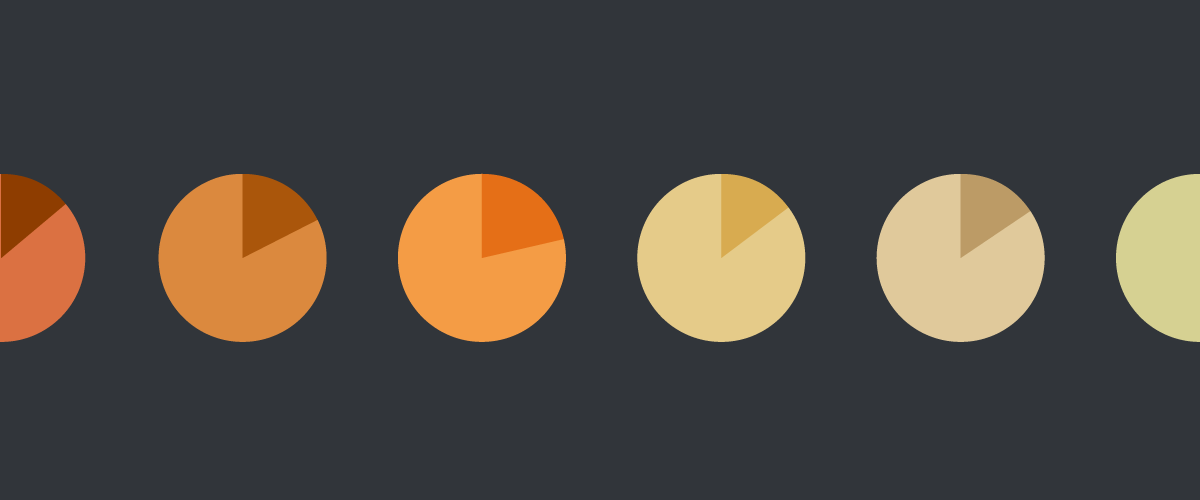


Our previous analyses of bar profitability data looked at our customers’ overall profitability metrics. We found that pour cost, the preferred measure of efficiency for beverage programs, is around 15% for spirits & cocktails; this means that before paying wages and rent, the median BevSpot bar is getting an 85% gross profit margin on your Moscow Mule.
Actually, that’s a lie. The 15% aggregate pour cost measures general profitability for individual establishments, but it represents an average of all the various drinks being sold by those bars. Costs and pricing can vary widely between drinks, especially cocktails: the profit margin on a bar’s Negroni recipe almost certainly won’t be the same as that of an Old Fashioned.
Knowing the costs and profit margins of various recipes is critical for designing and pricing a successful drink menu; in this and a few upcoming articles, we’ll be crunching these numbers for a range of common cocktails. To make comparing between drinks easy, we broke these recipes down based on the liquors that they contain.
To find the profit margins that BevSpot users are pricing into their menus, we compared their drinks’ list prices to their unit costs before adjustments for spillage and comped drinks. We also estimated the basic cost of each recipe by comparing users’ unit costs after those adjustments. Doing this allows cleaner comparisons between each cocktail on two metrics: typical profit margins, and typical unit pour costs.
We’ve taken a look at sales data from 9 metro areas across the United States to see which popular cocktails are the most and least profitable for bars. Here’s what we found for 6 rum-based classics.
Schedule 15mins to chat with a product specialist
Start a FREE Trial Today! BevSpot offers full product education and account setup for all customers! No card Information needed!
